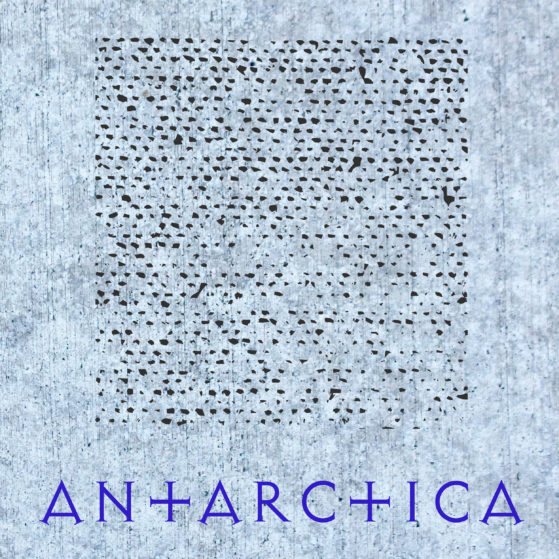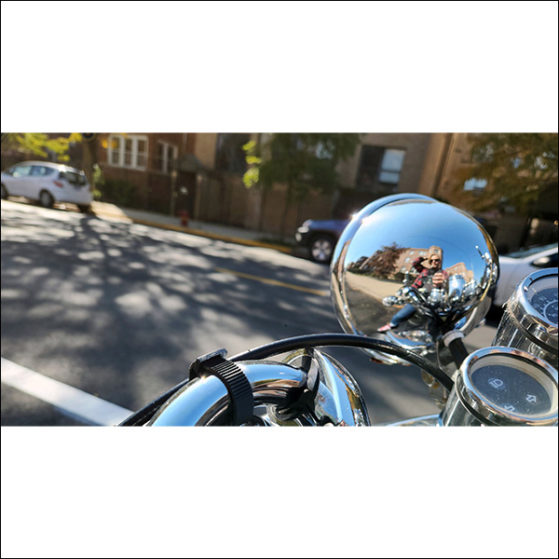When I’m doing work and need a chill soundtrack, I most often turn to the music from the 1982 Blade Runner film, composed and performed by Vangelis. Lately I’ve been digging a little bit deeper into my ripped cd collection, and recently realized I have the Chariots of Fire soundtrack that Vangelis composed (and won an Oscar for) a year earlier in 1981. The mood is surprisingly not that different than Blade Runner. Meaning to say, you could take the theme from Chariots of Fire if you hadn’t heard it before, and put it over the final scenes of Blade Runner and it would fit great to picture.
I remember Chariots of Fire as one of the first compact discs that my dad bought. I think it had the fancy designation of being a fully digital release back when that was a little rare. So not only was it recorded digitally, but also mixed and transferred digitally. The disc had printed on it the corresponding three letter code to represent this: DDD.
I think I had only ever heard the theme song (called ‘Titles’) before. The majestically synthy lead over an echoic snare drum, with a simple and earnest piano melody. You’ve heard it.
The second song, ‘Five Circles’ which must refer to the Olympic logo (as the film is about Olympic runners in 1924), begins with a borrowed familiar melody… “rockets red glare… the bombs burst-” and then diverges into Vangelis’ own theme. The melody is carried on a synth that would normally be played by a french horn in a regular orchestral score.
The song ‘Abraham’s Theme’ could totally be on the Blade Runner soundtrack, as it is more atmospheric and in a minor, moody key, with little descending shrieks falling in the background.
Conversely, ‘Eric’s Theme’ is more majestic. Here Vangelis is doing something interesting with his approach. The main melody is played on a bell-type sound, but at one point doubled with a synth that has ‘portamento’ on it. That means that when switching between notes, the sound slides up or down from the previous note to get to the next. It stands out against a soundtrack we’re interpreting on a classical music level. Usually when somebody plays a french-horn type sound on a keyboard, they take care to replicate the nature of the french-horn. You don’t dial up a horn sound and play the keyboard like a piano. It was an interesting aesthetic choice for Vangelis to let us step out of the imagined synth orchestra and use a feature that’s purely synthesizer. Hear what I mean around 24 seconds in.
On ‘100 Meters’, Vangelis takes a break from the orchestral, and goes total synthesis. His trademark analog lead sound makes an appearance, but the background is out-of-the-park spooky. Rando percussion and audio spiders crawl around the mix, when all of the sudden: church organ? Vocal choir? We’re right into the next track all the sudden and we’ve got a transition that’s at once pleasing and eerie. An interesting choice and I”m very interested to see what the heck was happening in the movie when this happened in the score. This tune, ‘Jerusalem’ is wrapping up the 6 featured songs. Track 7 is 20 minutes of the film’s actual score, but I’ll save that for another time after I watch the movie.



